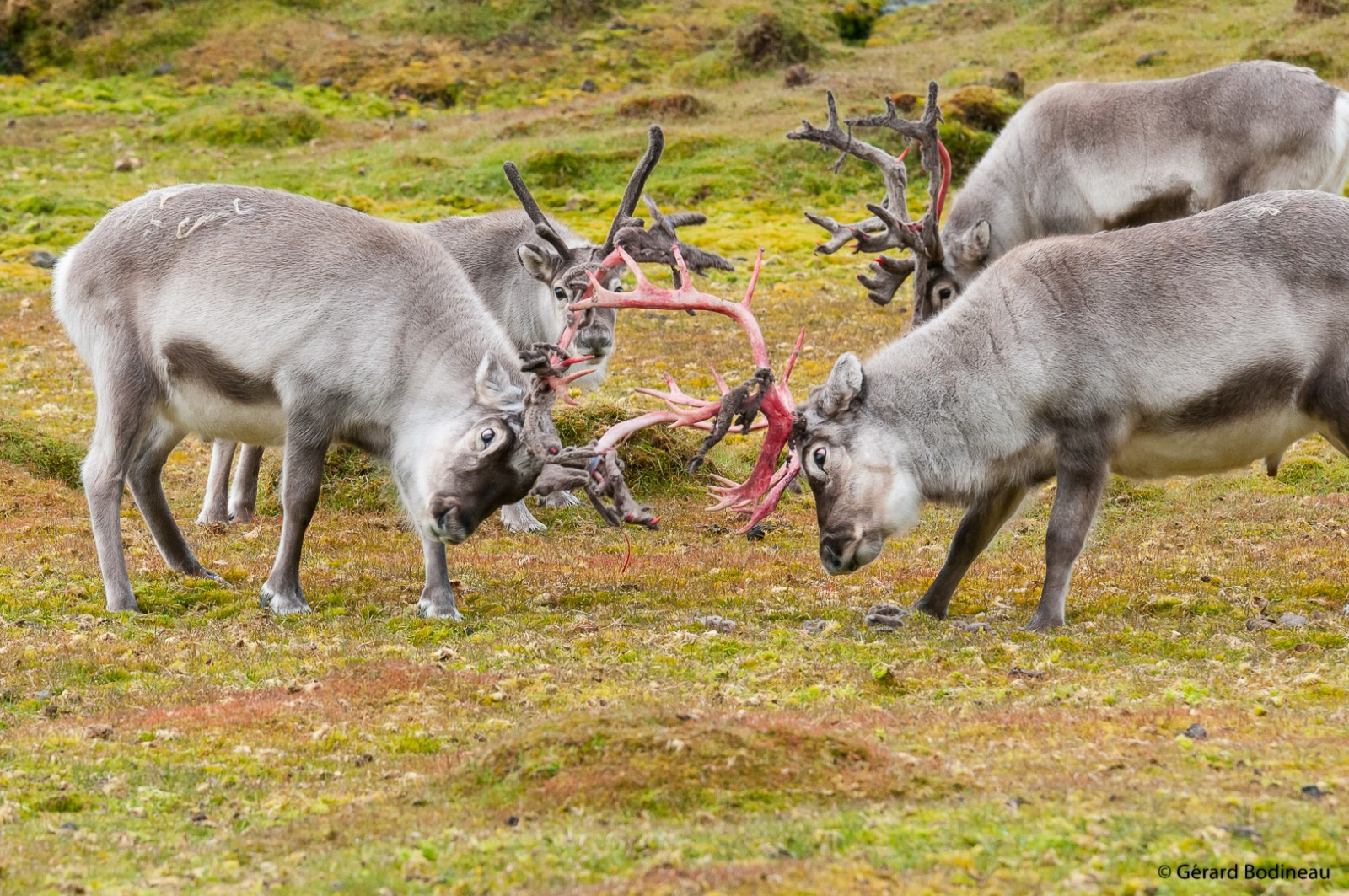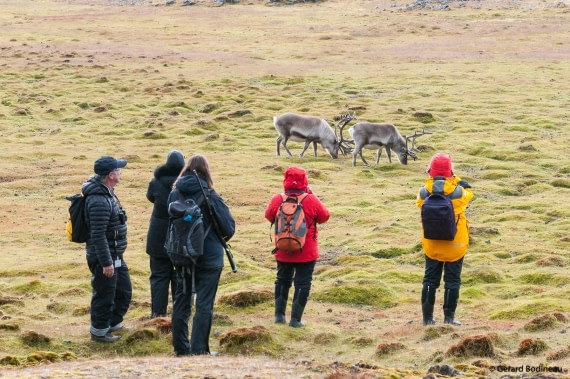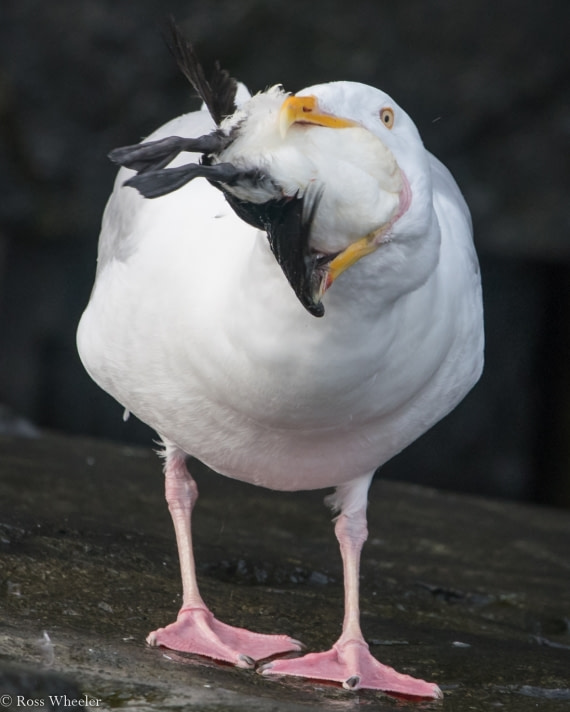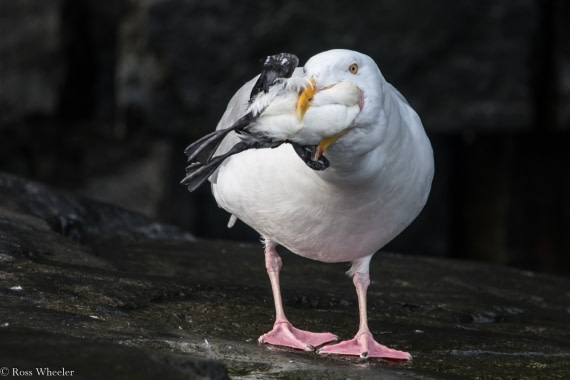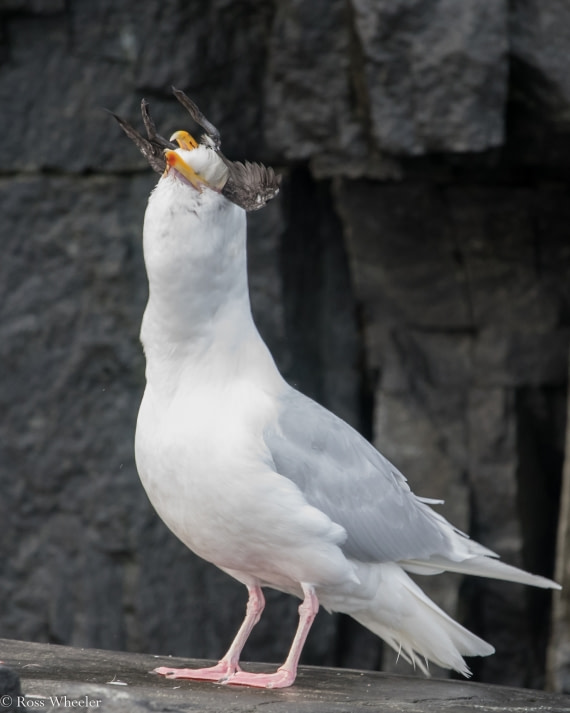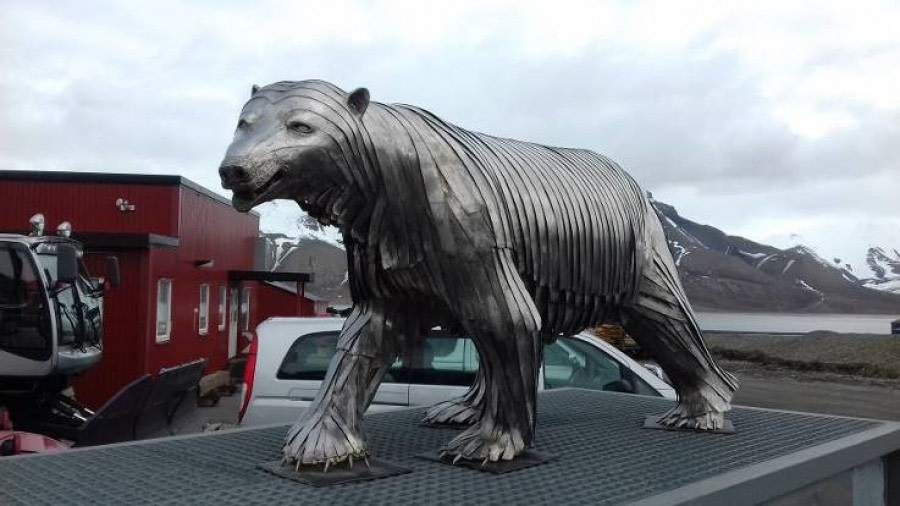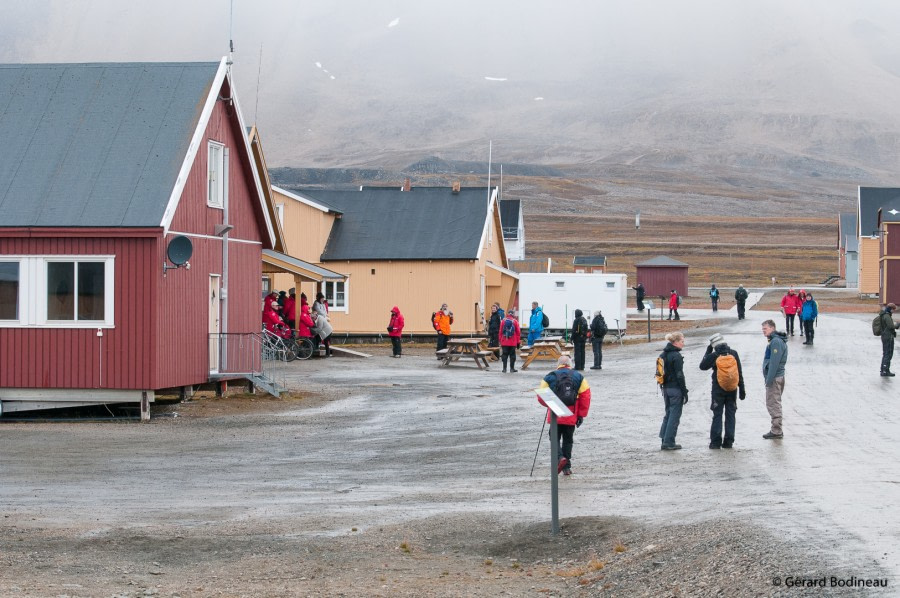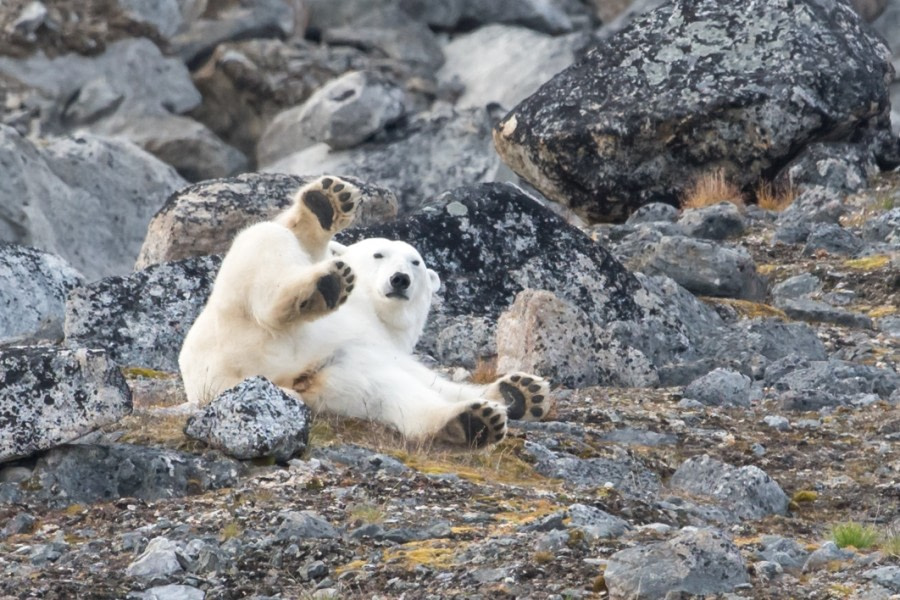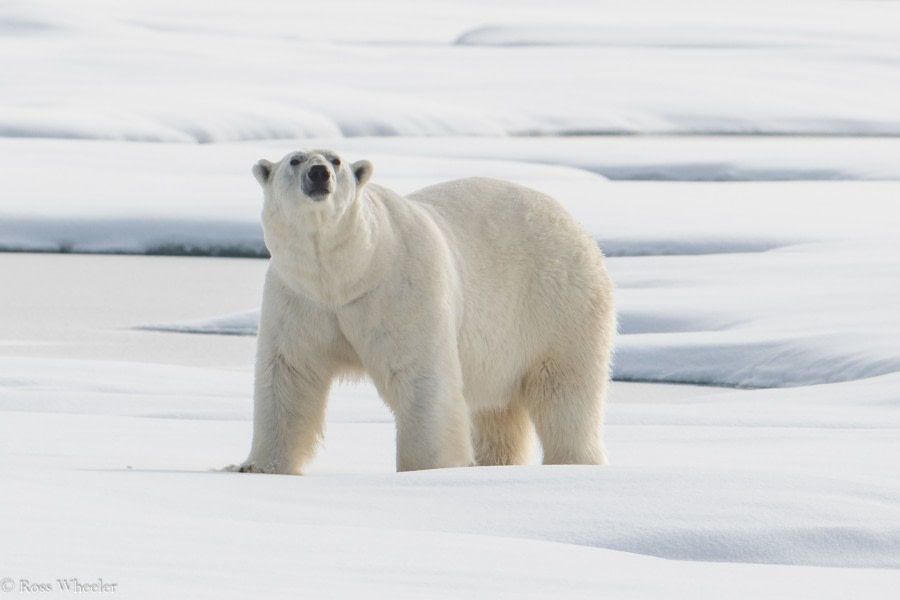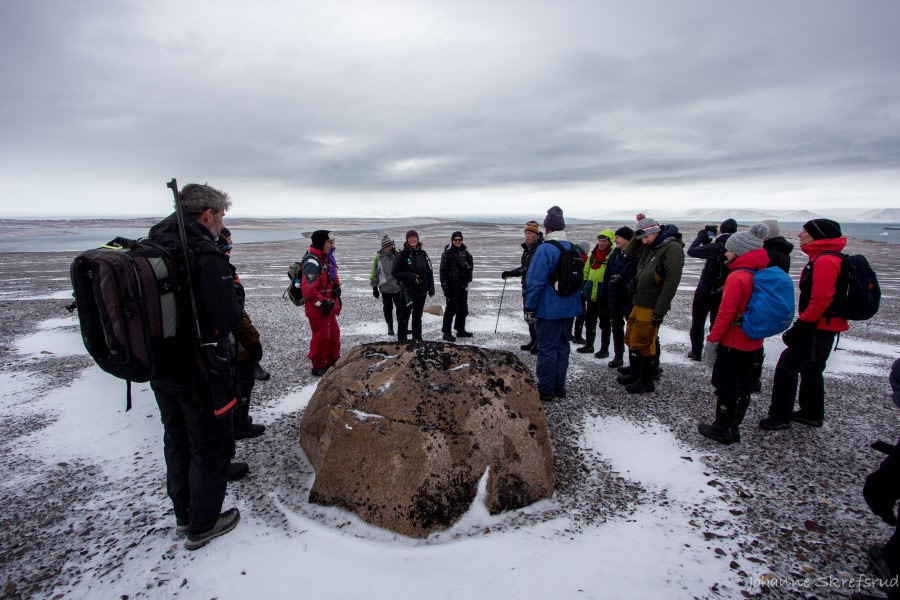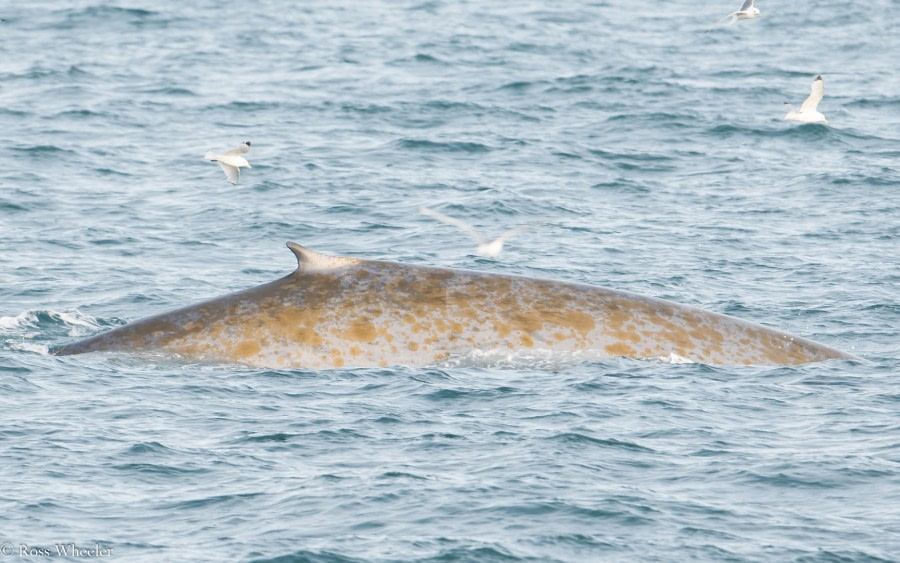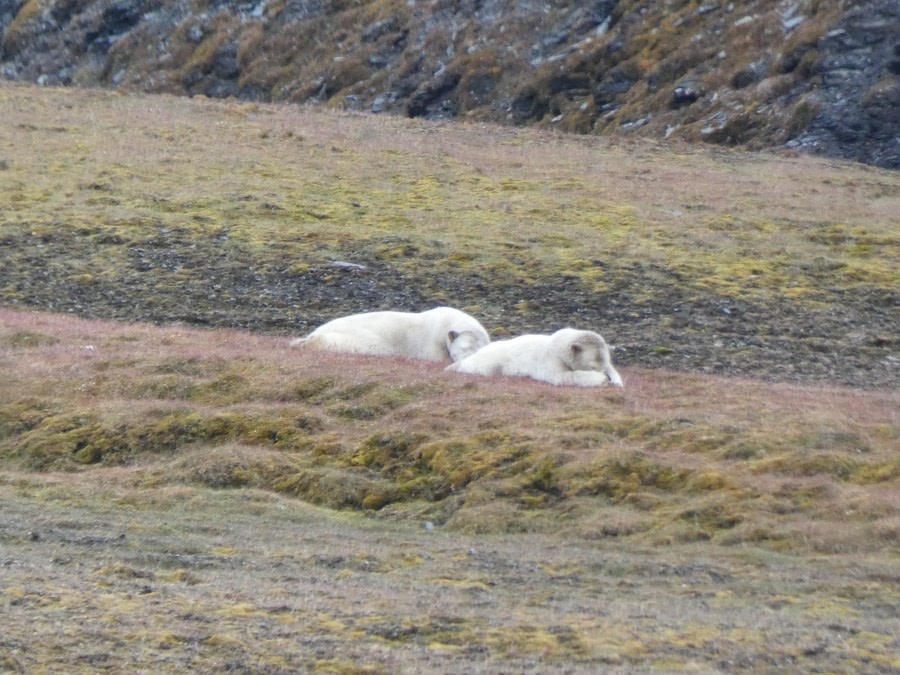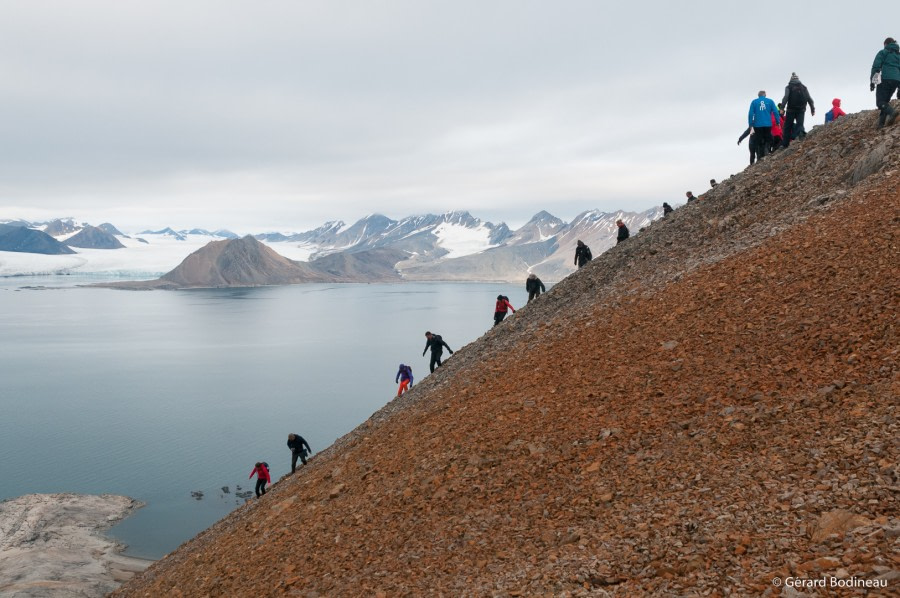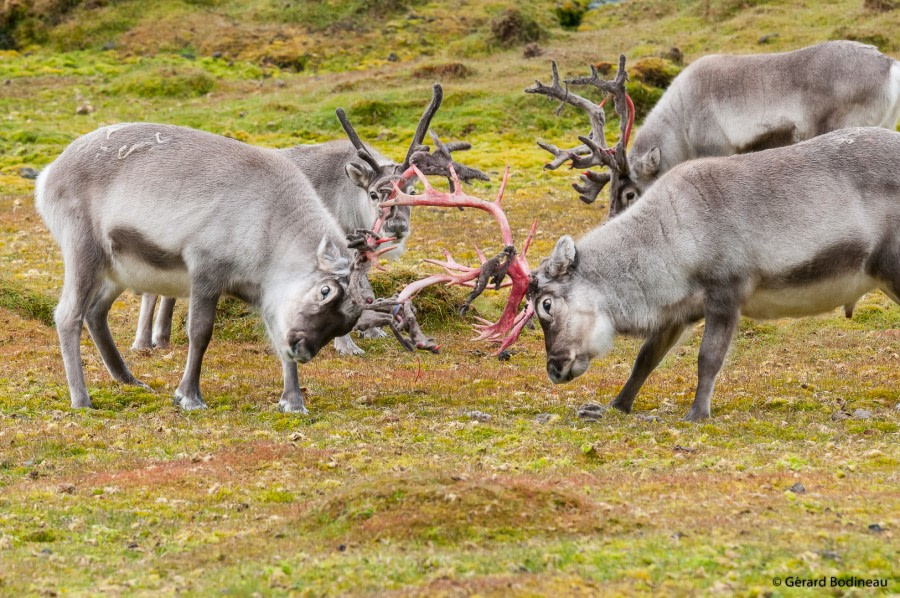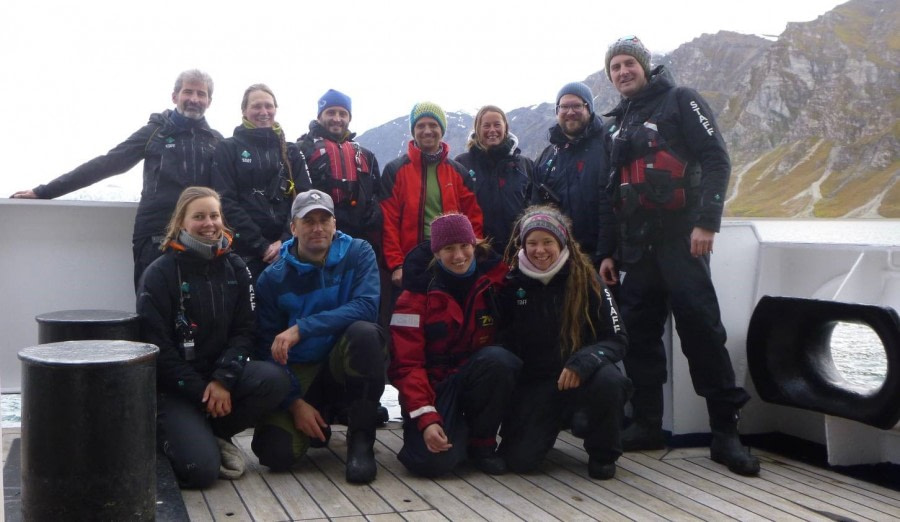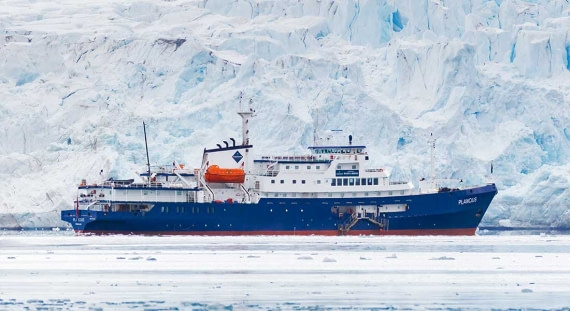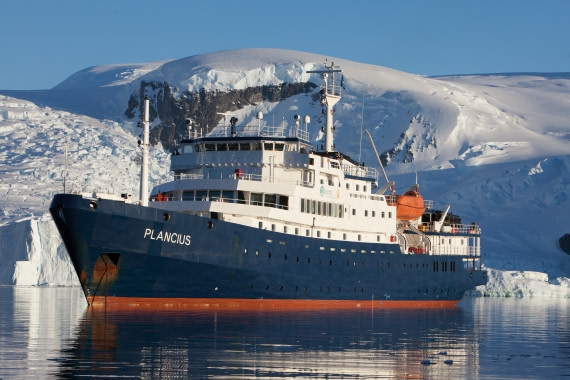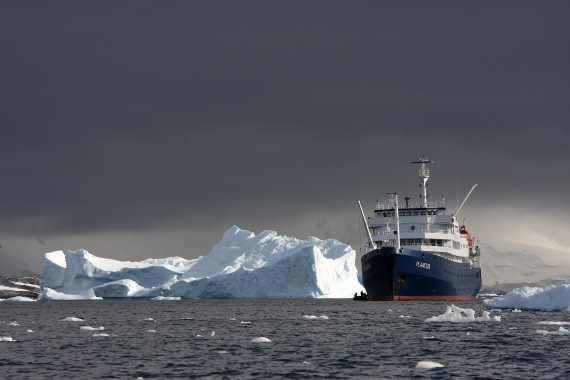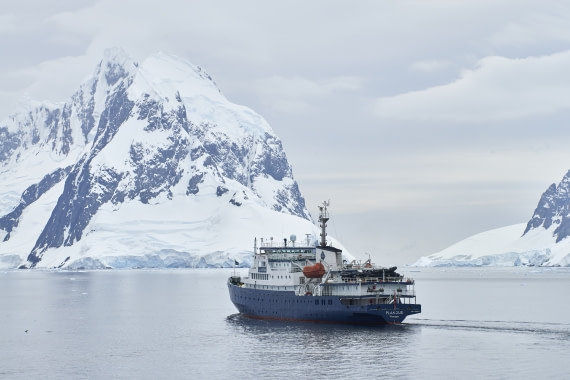| Fecha: | 17.08.2019 |
| Posición: | 78°16'N - 015°18'E |
| Viento: | ESS 4 |
| Clima: | Nublado |
| Temperatura del Aire: | +5 |
Longyearbyen está situada a 78º norte y, como tal, es uno de los asentamientos más septentrionales del mundo. Creció como ciudad minera del carbón, pero ahora alberga a unos 2.000 habitantes que viven y trabajan aquí todo el año. Algunos de nosotros llegamos un día antes de nuestra salida a bordo del Plancius y tuvimos tiempo de explorar la ciudad y quizá hacer una excursión, pero muchos llegamos al aeropuerto por la tarde y sólo tuvimos un rato para visitar la ciudad antes de dirigirnos al puerto para reunirnos con nuestro barco. Nos recibieron miembros del equipo de expedición en los pontones flotantes, que nos ayudaron a ponernos los chalecos salvavidas y a subir a las zodiacs para el corto trayecto hasta el barco. Tuvimos tiempo para familiarizarnos con nuestro camarote antes de que nos llamaran al salón para reunirnos con Philipp, nuestro jefe de expedición, el capitán Artur y el resto del equipo. Tomamos una copa de champán para brindar por nuestro viaje y Sigi, el Director del Hotel, nos informó sobre la vida a bordo del Plancius. A continuación, nuestro Oficial Jefe, François, impartió la sesión informativa obligatoria sobre seguridad, en la que se explicaron los aspectos de seguridad a bordo y los procedimientos de abandono del buque. A continuación nos reunimos en el puesto de reunión, el Lounge, con nuestros grandes chalecos salvavidas naranjas, la única vez que esperamos llevarlos puestos. Nos mostraron los botes salvavidas en cubierta y para entonces ya estábamos listos para cenar, lo que nos dio la oportunidad de reunirnos con nuestros compañeros antes de nuestra última tarea del día, que consistía en recoger nuestras botas de goma del maletero. Con 24 horas de luz, muchos de nosotros disfrutamos de un rato en cubierta durante la tarde avistando fulmares, araos, gaviotas tridáctilas y las diminutas alcas. Fue una velada muy agradable a bordo.
